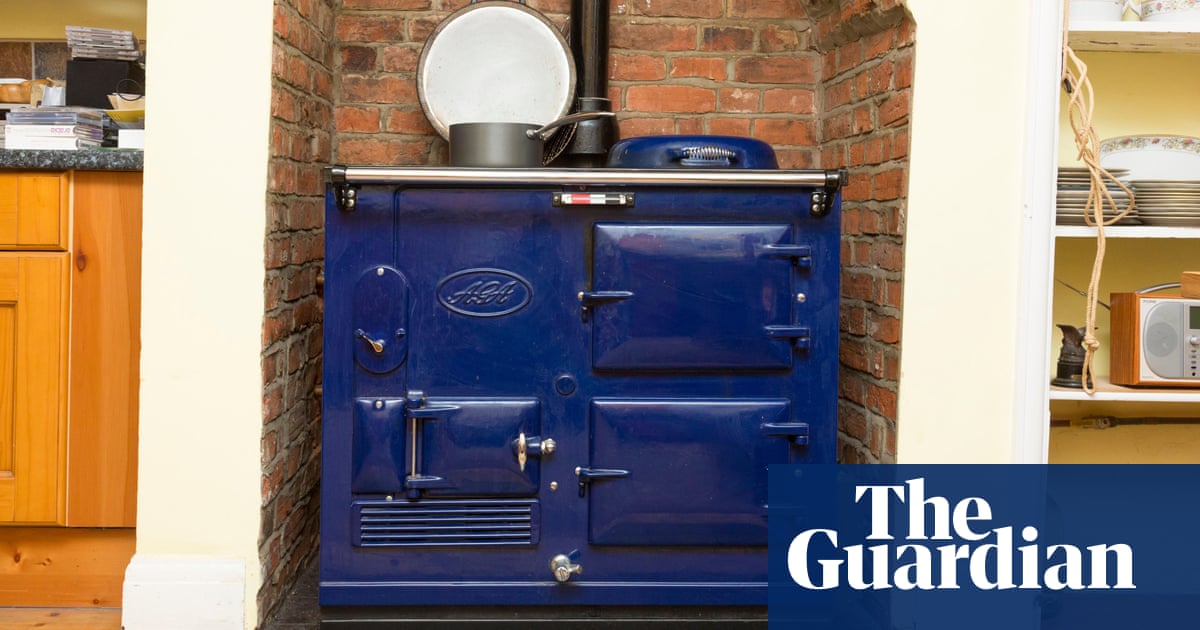
All of us have seen the rise in homelessness across Britain in recent years, with almost 150,000 households assessed as homeless in 2021-22. It’s hard to avoid the conclusion that surging housing costs mean more bad news is in store.
What do we do about it? Recent optimism in policy circles has centred on “housing first” approaches – providing permanent housing to those in need without preconditions. Popularised by Finland and adopted in Wales, versions have been seen around the world.
Most evaluations of such policies are positive, showing those supported go on to have more stable housing situations. But those studies are usually fairly short term and it’s important not to ignore less positive news. That is what a new evaluation of a three-year Australian housing first programme brings, which tracks those supported for three years afterwards. During the programme, and in line with wider work, they find substantially better housing (and slightly better employment) outcomes. But over the following three years the gaps between those on or not on the programme disappear – eventually a fairly even two-thirds of individuals are housed, whether or not they have been in the programme.
The authors’ conclusion is that the chronically homeless face many long-term problems that housing alone can’t resolve. That must be right. I’d also note that the measured impact of the scheme falls because those not on the programme catch up on housing over time, rather than the position of those who had support deteriorating. So my more positive reading is that, while such programmes might not be as transformational as we’d like, it is well worth speeding up the pace at which people get into stable housing.












